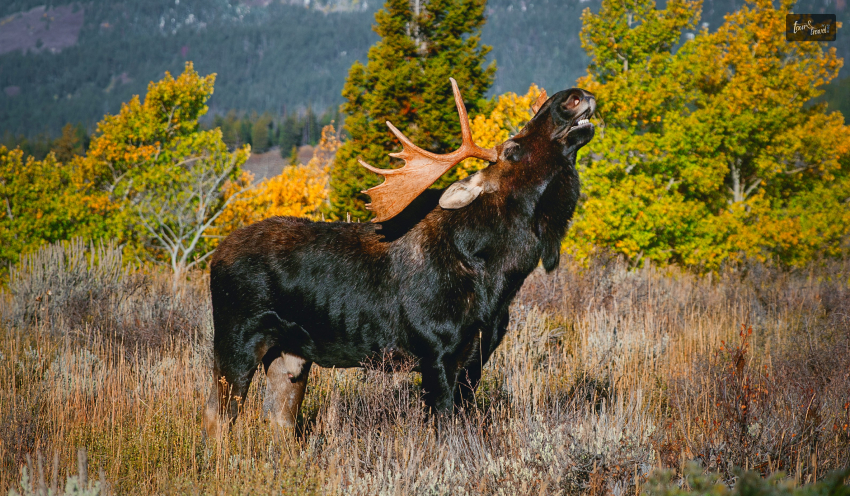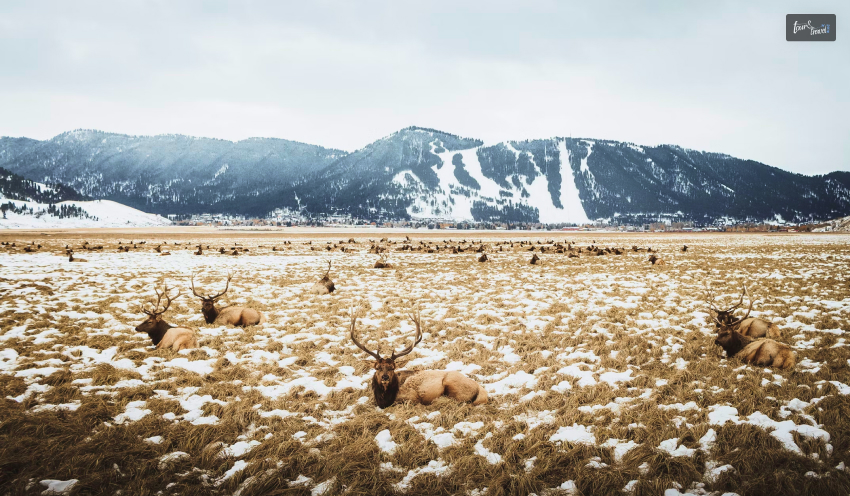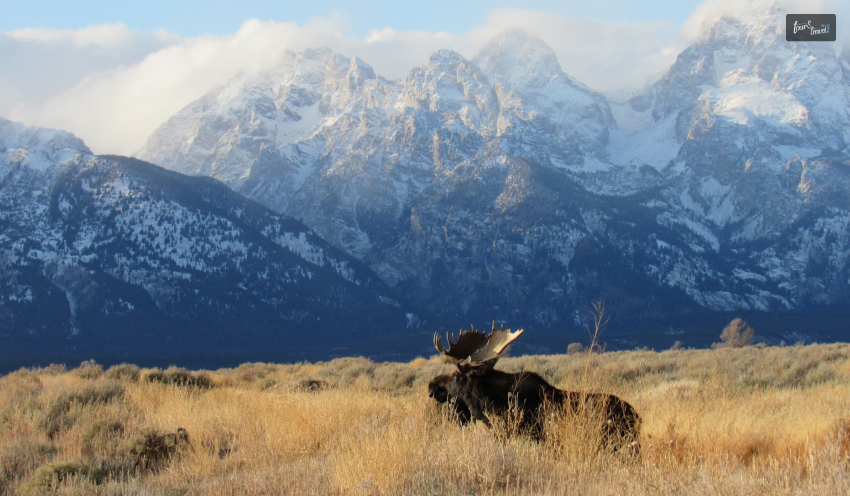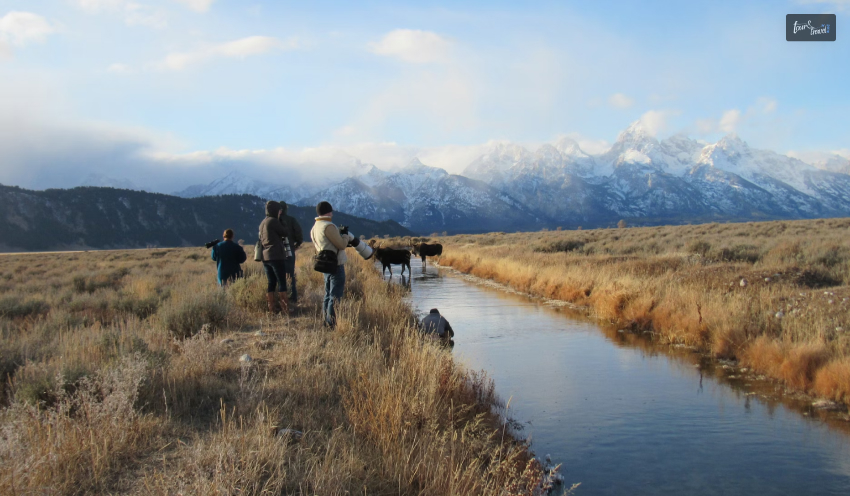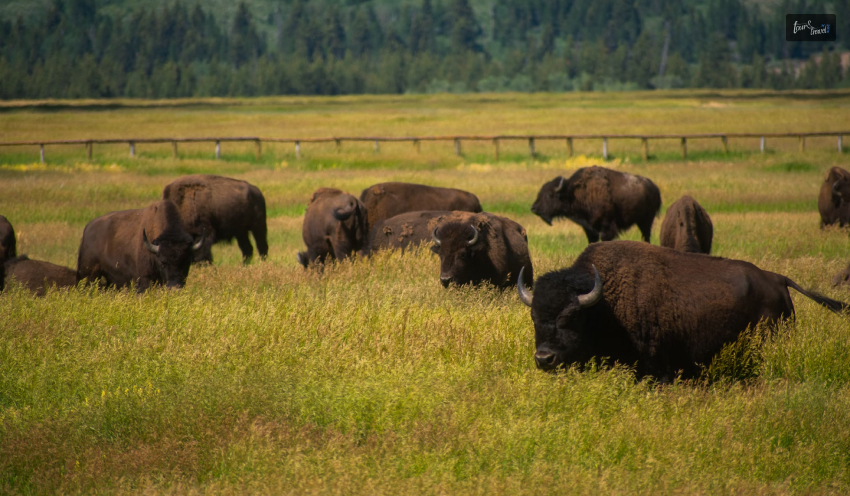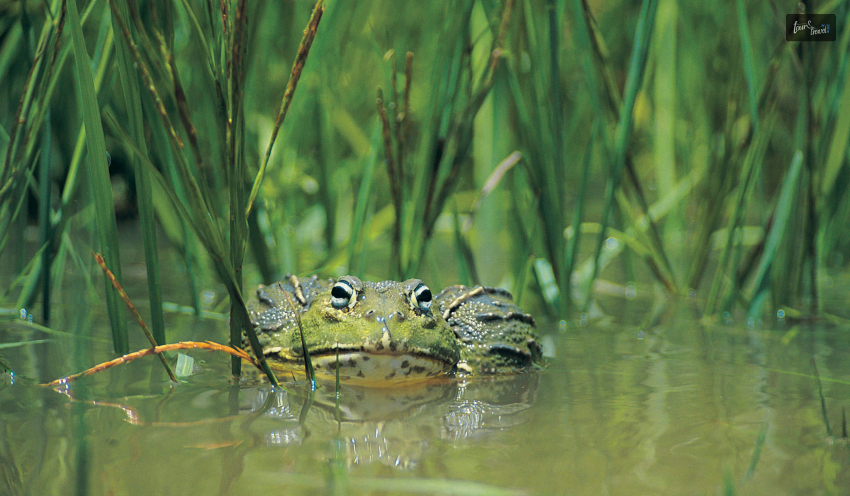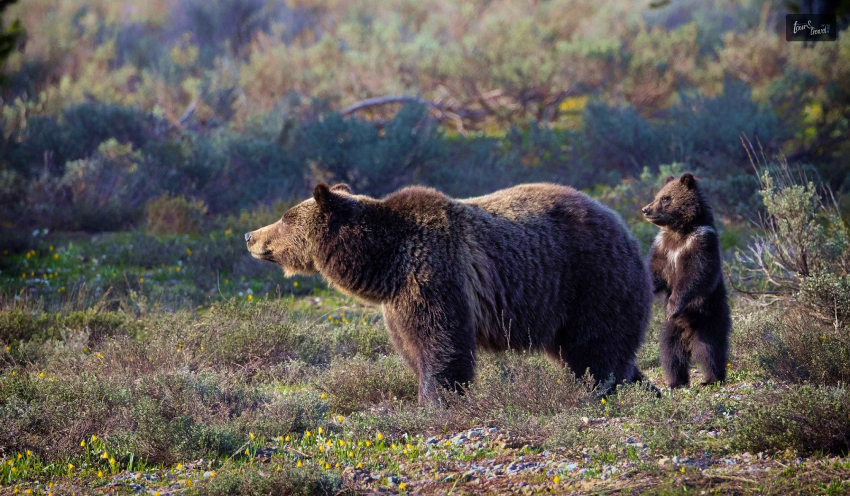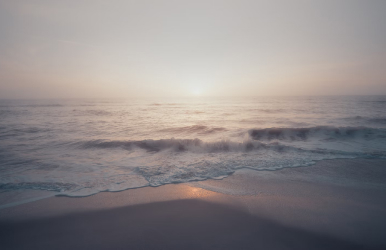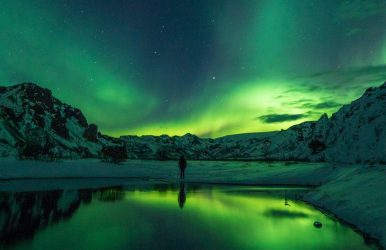How AI Is Revolutionizing Member Engagement In Corporate Travel: Enhancing Interaction And Personalization
BY Anindita Dey Oct 29, 2025
I was going through a recent report of Ernst & Young (EY). It was about how generative AI is changing the tourism industry. The report features data from the recent WiT Singapore conference. It said that around 60% of the travelers from the Asia Pacific use AI tools to research and book travel destinations. Furthermore, many airlines, hotel chains, and travel booking platforms are using AI for better data management, analysis, and revenue management. Moreover, the use of AI is offering a customized experience with UX (user experience) highlights, such as voice-based interfaces and personalized itineraries. Thanks to these efficient virtual assistants, the ease of travel booking and personalization of itineraries, AI is also improving member engagement in corporate travel. There is a reason why names such as Kayak, United Airlines, and Concur Travel are using AI for travel booking, information updates, and more. Hi, in today’s blog, we will talk about the role of AI in member engagement in corporate travel. Why Is AI In Member Engagement Crucial For Corporate Travel? From creating a personalized visual identity with an efficient profile picture-making tool, such as PFP maker, to offering real-time support and updates, AI is boosting member engagement in corporate travel. 1. Real-Time Travel Updates Chatbots and virtual assistants are changing the way we used to follow up on our travel bookings and itineraries. They offer real-time support and updates. Furthermore, a travel booking platform with AI uses predictive analytics to enhance your booking choices. Also, the automated expense reporting eliminates all paperwork. In addition, an AI-powered fraud detection mechanism helps to identify unauthorized expenses. Thus, it ensures compliance with corporate travel policies. 2. Data Analysis To Avoid Delays And Disruptions The machine learning algorithms of a travel booking or management system can identify cost-saving opportunities by analyzing large amounts of data. Furthermore, machine learning boosts member engagement by identifying preferred travel modes and patterns. Also, machine learning keeps you informed about anticipated delays, suggesting alternative routes and the best flight and hotel options in this scenario. Thus, AI accomplishes two tasks at once. It boosts the operational efficiency of the travel organizer and improves the experience of the traveler. 3. Personalized Travel Recommendations We all have our travel preferences. AI analyzes the data and our travel search patterns to create personalized travel recommendations. AI also takes cues from the previous booking and specific corporate travel policies of a company. Thus, AI helps save time on the process of finding and booking hotels, airlines, or trains. Moreover, AI improves employee satisfaction with cost-effectiveness. So, the employer and the employee are both in a win-win situation. 4. The Use Of AI Makes Travel More Sustainable Did you know that AI can analyze carbon footprint? By analyzing carbon footprint, AI offers recommendations for environmentally friendly travel choices. Thus, it supports corporates to achieve their specific CSR goals. Also, companies can use these AI insights to optimize their travel budget and reduce environmental impact to make their travel experience more efficient. 5. Policy Enforcement Every business has a policy or a set of guidelines regarding corporate travel. AI can assess those policies, and it considers the same policies for completing travel booking and management. In other words, an AI-integrated system ensures that the booking agrees with the specific corporate travel policies. This is effective for compliance and cost-effectiveness. However, this compliance is not just limited to the policies of a specific company. An AI system knows the changing policies, travel advisories, latest occurrences, and announcements of a place. Also, there can be wildlife conservation norms or sustainable tourism guidelines. Breaking any of these can lead to severe legal implications. When you are choosing a particular place, AI will share all these updates so that your travel experience is hassle-free. What Are The Drawbacks Of Using AI In Member Engagement For Corporate Travel? I have already mentioned that data assessment and analytics are important aspects of the use of AI in corporate travel management. However, what if the data is incorrect? In reality, there have been instances where incorrect data has put the traveler and the travel company in a spot. In this context, I must share the example of the Air Canada case in 2022. Jake Moffatt, a passenger, was assured by the chatbot that if he booked a full-fare flight for his grandmother’s funeral, he would be eligible to get a bereavement fare once the trip was over. However, the claim was wrong and Air Canada refused to pay the bereavement fee. So, Jake Moffatt took the legal way. Despite Air Canada trying to defend its position and establish the chatbot as a separate legal entity, the British Columbia Civil Resolution Tribunal held Air Canada accountable for the false dissemination of information. So, Moffatt got a compensation of $812.02 from Air Canada. The BBC has also quoted the written response of the tribunal member, Christopher Rivers. “It should be obvious to Air Canada that it is responsible for all the information on its website. It makes no difference whether the information comes from a static page or a chatbot.” This incident highlights how any information mistake or “customer hallucination” caused by AI tools will make the concerned company accountable. Good Data Hygiene And Avoiding Silos: The Future Of Using AI In Corporate Travel Management A corporate travel booking or management company needs to be particular about good data hygiene. That is why you have to ensure that duplicates are eliminated, formats are standardized, and formatting is accurate. When the data is well-structured and clean, a travel management company can offer the best and most accurate travel policies, cost forecasts, and a better travel experience. Data silos are another challenge in using AI in corporate .. The problem occurs when data is kept in disconnected and separate stores. When data is fragmented, AI cannot offer a comprehensive view of anything. So, the spending estimates and travel patterns will eventually go wrong. So, the use or incorporation of data needs to be integrated for a comprehensive result of the search or query of a traveler.

